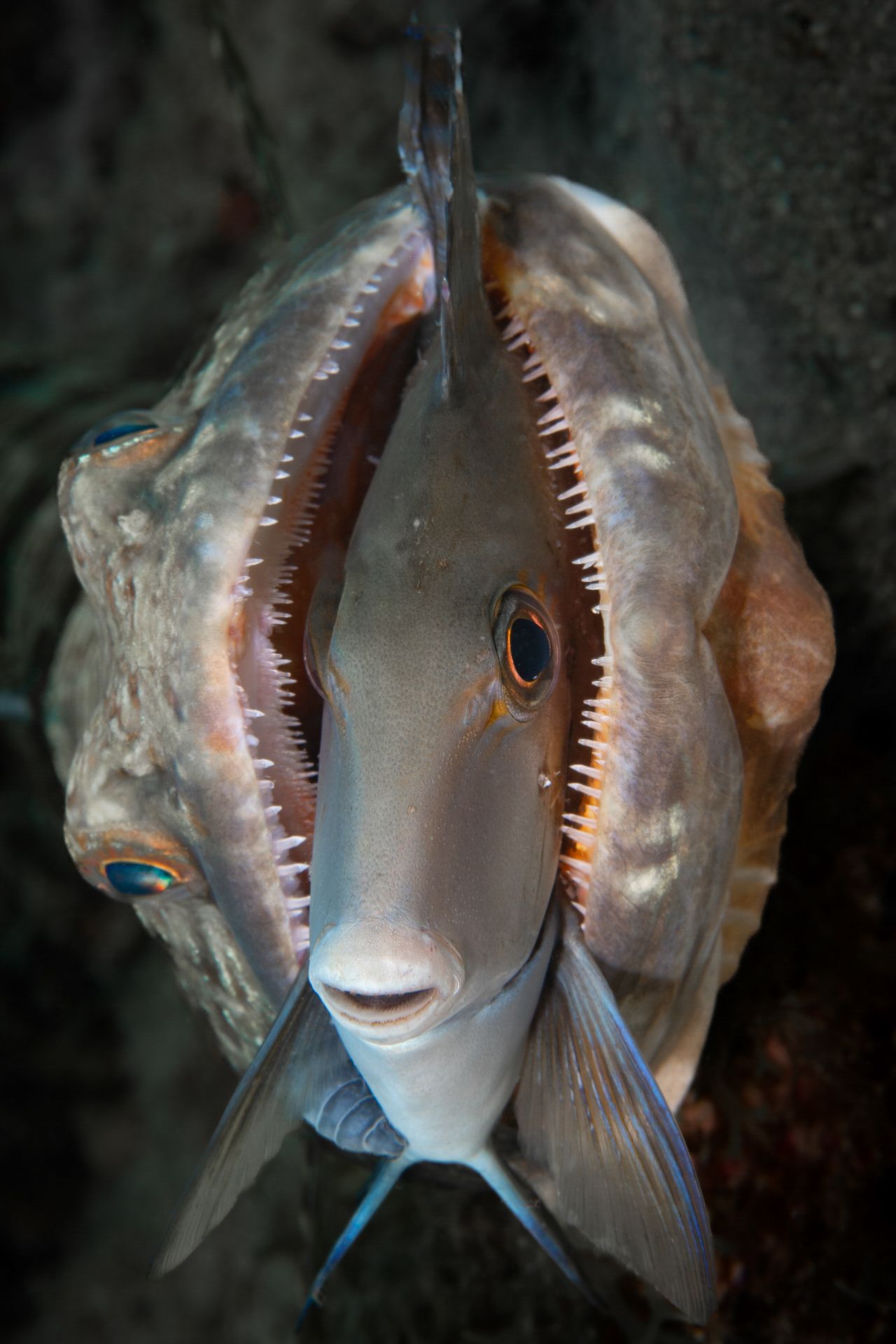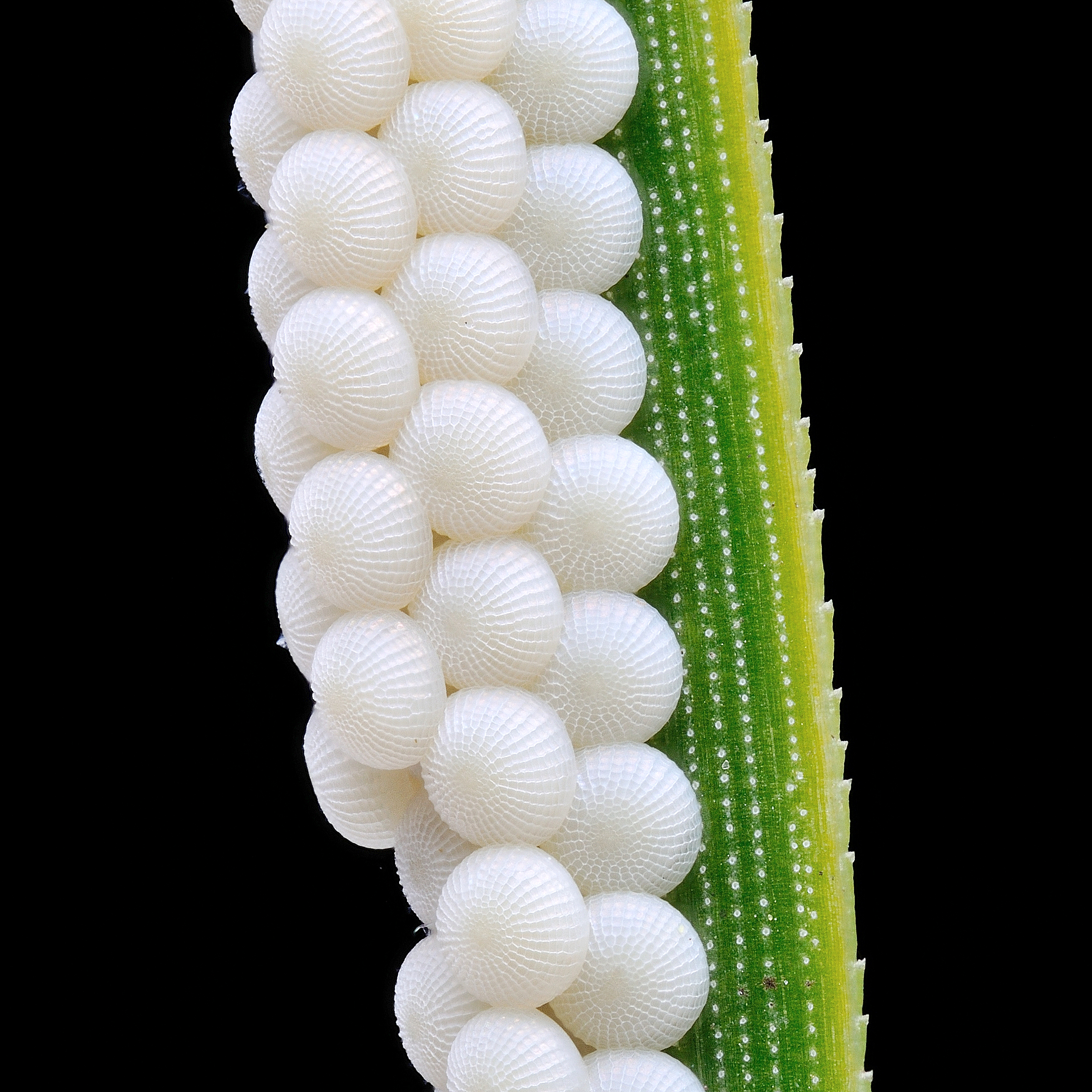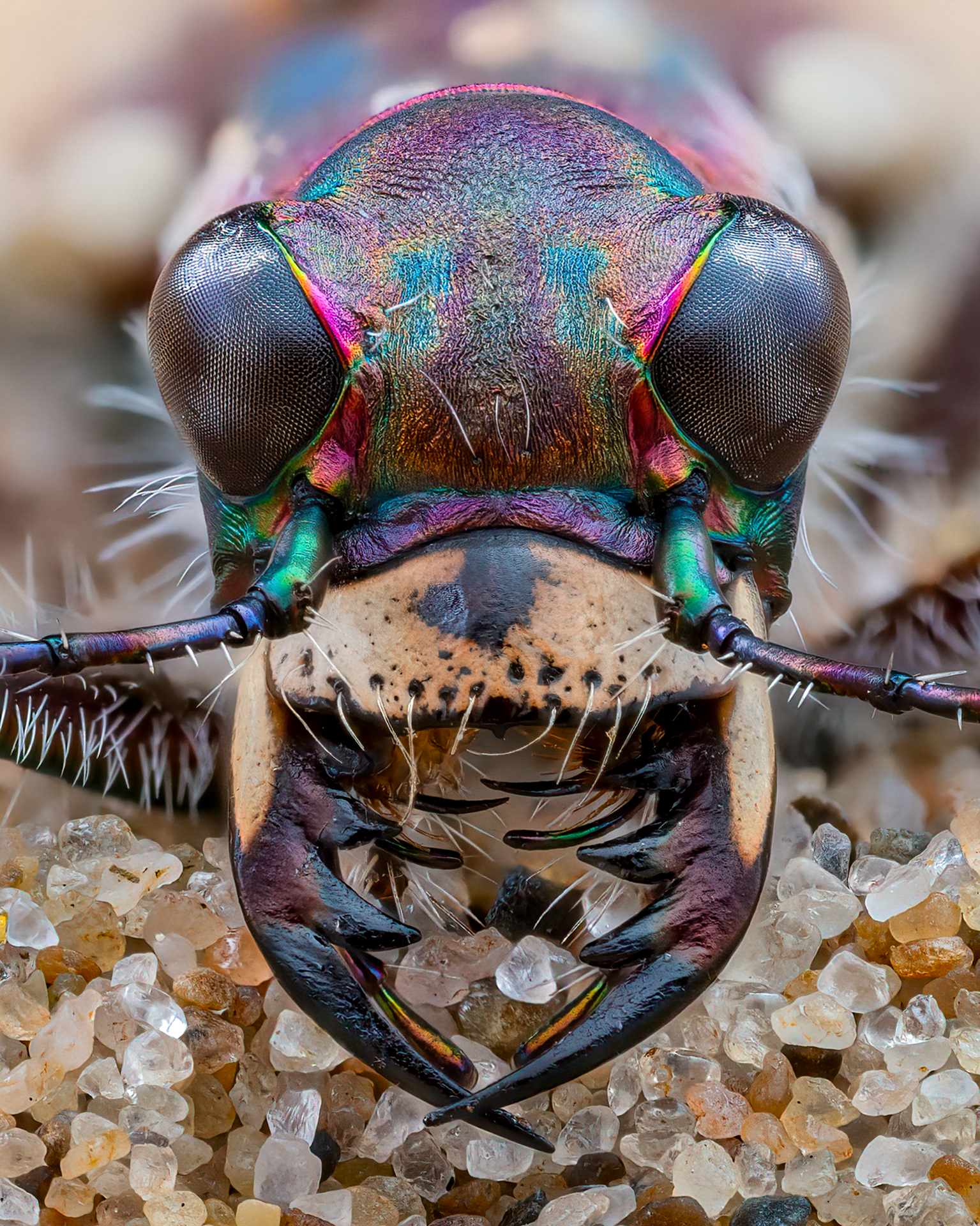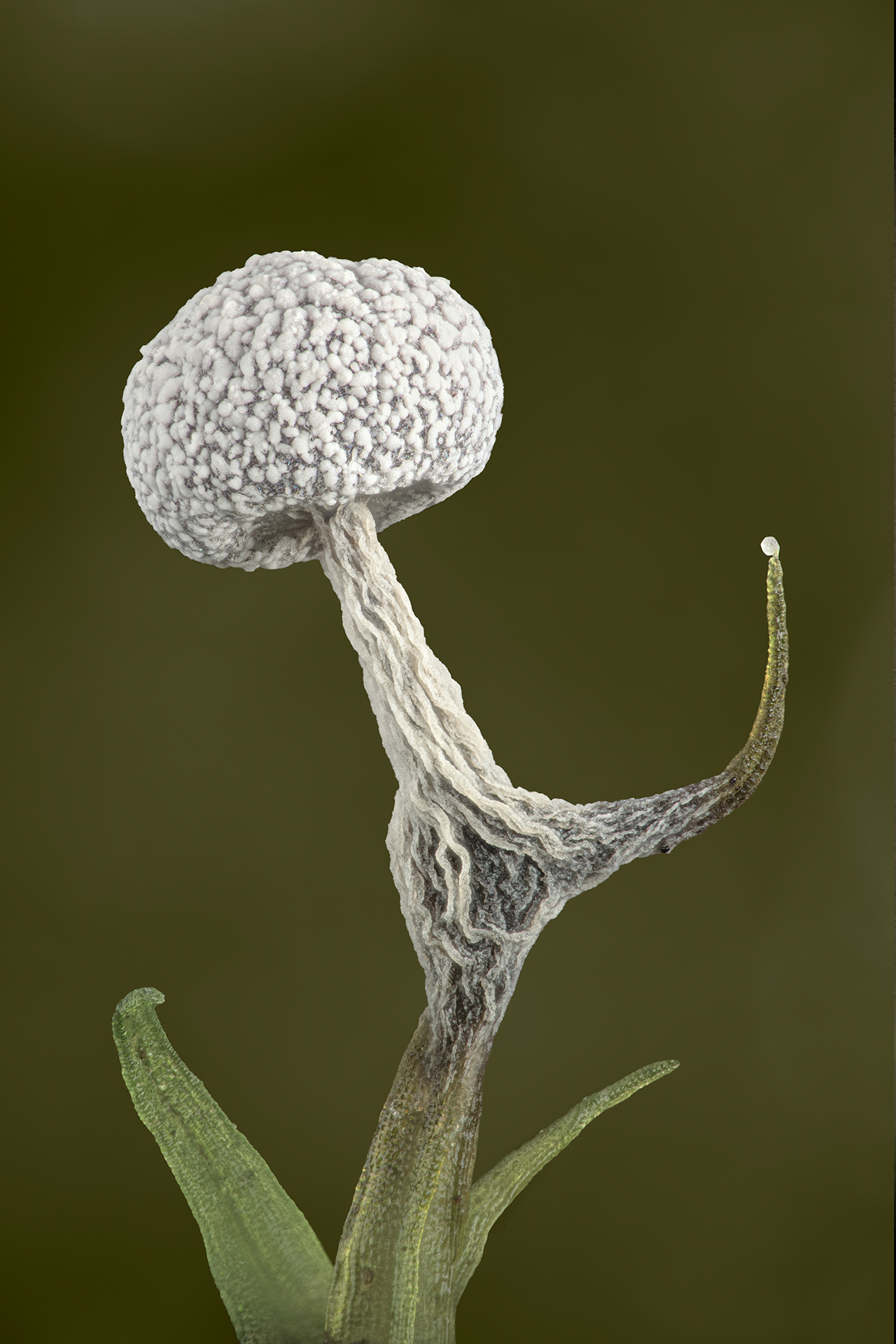Photographers from around the globe have been getting up close and personal with some of the natural world’s best and most interesting subjects in a bid to become Close-up Photographer of The Year 2024. From insects and intimate landscapes to underwater scenes and alien-like fungi, we take a look through a small selection of the top 100 pictures that have made it through this first round.
Over 11,500 photographs have been whittled down to just the top 100 across 11 different categories. This brings the competitors one step closer to the £2,500 (around $3,150) cash prize and shiny winners’ trophy. Each category winner will also take home £250 (around $315) in cash, while the Young Close-up Photographer of the Year will scoop a Sigma camera lens and their very own trophy.
So, let’s take a closer look at the competition this year.
Lane Kirstein has entered the Arachnids category with an image of a mother wolf spider hunting in Saint Simons Island, Georgia. The mother might be busy hunting but still has all her babies piled on her back, as you can see in the main image.

Uh oh!
Image credit: ©-Gabriel Jensen-Everything’s A-OK-CUPOTY 6
In the Underwater gallery, a fish-eat-fish world is revealed in Gabriel Jensen’s image of a doctorfish getting swallowed alive by a lizardfish. “The comically calm doctorfish (Acanthurus chirurgus) steals the limelight, displaying a remarkable defence mechanism with splayed pectoral and dorsal spines. As the lizardfish struggled for a few minutes, the doctorfish was eventually able to escape,” said Jensen in a statement sent to IFLScience.

This entry gets really close up to these tiny, perfectly formed moth eggs laid on a pine needle.
Image credit: ©-Dmytro Vsesvit-Eggs of a Moth on a Pine Needle-CUPOTY 6
Dmytro Vsesvit managed to capture his entry into the Butterflies and Dragonflies category in his own back garden. His incredible close-up image of moth eggs on the edge of a pine needle was taken in Ukraine. Vsesvit says of the image, “I accidentally discovered these tiny eggs of an Owlet moth on a pine needle in my garden in Ukraine. Upon closer inspection, I found that they were beautifully shaped and arranged in a precise order.”

The competition for the Young category might be fierce, but this harvest mouse is downright adorable.
Image credit: ©-Jamie Smart-Can I Help You?-CUPOTY 6
In the Young competition category, Jamie Smart’s charming capture of a harvest mouse peeps out from some wheat stalks, while Pete Burford’s portrait of the northern dune tiger beetle shows off its amazing colors.

Say cheese!
Image credit: ©-Pete Burford-Pretty Jaws-CUPOTY 6
“It’s not until you get up close with a macro lens, flash and diffuser that you get to see their true colours without any reflections from the metallic shell. This is a subject I never knew we had in the UK but once I found out about them, the amazing jaws and colouration made it a subject that I had to find,” said Burford of his entry.

Slime molds and fungi are often overlooked but are shown off to their very best in this category.
Image credit: ©-Karsten Buch-Moss Conqueror-CUPOTY 6
In the Fungi and Slime Moulds category, German entrant Karsten Buch shows off a Physarum species of slime that measures just 1-2 milimeters and explains that it took around 300 frames to capture this exact image with the mold and the moss combined.
Take a look at the full shortlist here.
Source Link: Wolf Spider Babies And Fish Eats Fish: Close-Up Photographer Of The Year's Stunning Shortlist